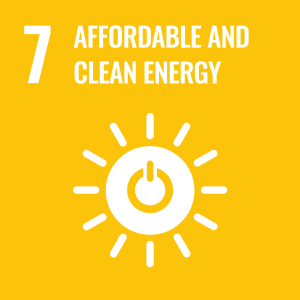Smart and Sustainable City Development: Hong Kong and International Experiences
The concept of a Smart City lies at the intersection of urban planning, technological innovation and government policy. Locally, the launch of the Smart City Blueprint in 2017 marks the HKSAR government’s intention to pursue Smart City initiatives. At its core, it aims to use technology for good, bringing greater efficiency to the operations of our cities and connectivity for its citizens. However, technology being a double-edged sword brings challenges in the areas of data privacy and digital inclusion. Moreover, the often- conflicting interests amongst government, businesses and citizens add a layer of complexity in identifying and executing initiatives that serve all three parties.
A circular food system is promising, but cities often find themselves mired in its complexity. This handbook showcases practical tools and instruments— including planning, communication, education, collaboration, and financing from the three cities, and will provide invaluable references for other local and regional governments, as well as relevant urban actors to develop their own localized approaches that lead to sustainable, resilient, and circular food systems.
The value of biodiversity for Asia's megacities
Asia’s urban populations have grown significantly over the past three decades as people flock to cities, in search for jobs. A 2019 study by the Asia-Pacific Urban Forum found that most of the region’s population, over 2.3 billion people, now live in cities with an additional 1.2 billion people expected to join them by 2050. With droves of people settling in cities, Asia is expected to be home to 27 megacities (cities of over 10 million people) by 2030.






